Prehistoric cave art offers a fascinating glimpse into the lives and minds of our ancient ancestors. I’m always astonished by cave art. I don’t really know why, but seeing it first-hand is deeply moving, like I feel a connection stretching across time between me and the early human who created that little drawing I’m looking at. These remarkable creations, tucked away in dark caverns and hidden grottos, have survived for tens of thousands of years, preserving the artistic expressions of early humans. From the famous caves of Lascaux in France to the recently discovered masterpieces in Indonesia, these ancient galleries continue to astound and mystify us. As we uncover more about these extraordinary works, we’re gaining new insights into the complexity and creativity of our prehistoric forebears. And I love that each new discovery refutes the idea that those early humans were dumb and simplistic beings barely capable of thought.
Older Than We Thought
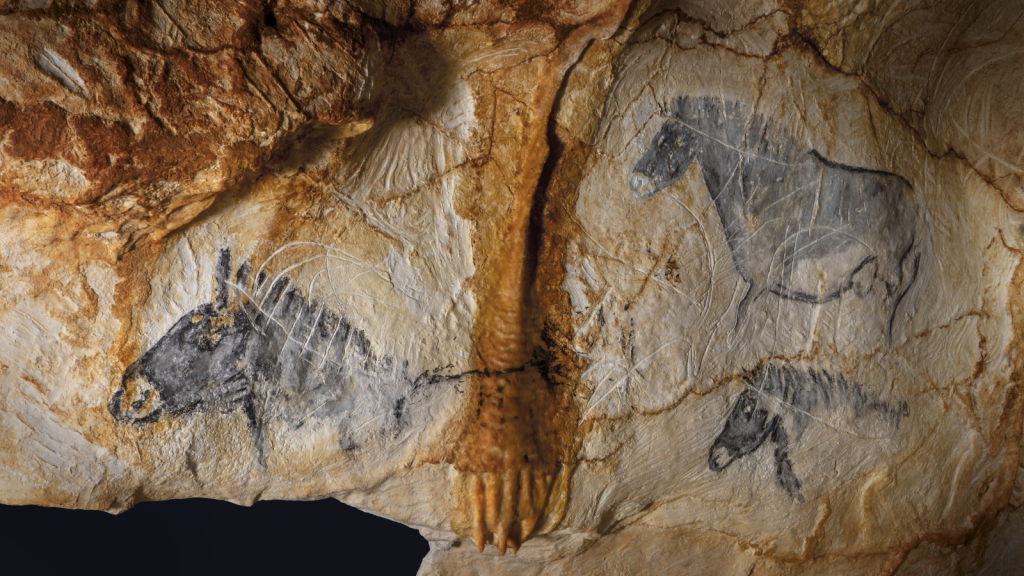
Recent discoveries have pushed back the timeline of prehistoric art much further than previously believed. In 2018, researchers found cave paintings in Indonesia that date back at least 44,000 years, making them the oldest known figurative art created by humans. This finding challenges the long-held notion that cave art originated in Europe and suggests that our artistic impulses emerged much earlier in our evolutionary history. The Indonesian paintings also depict a hunting scene, providing evidence of early narrative art and complex storytelling.
Not Just In Caves
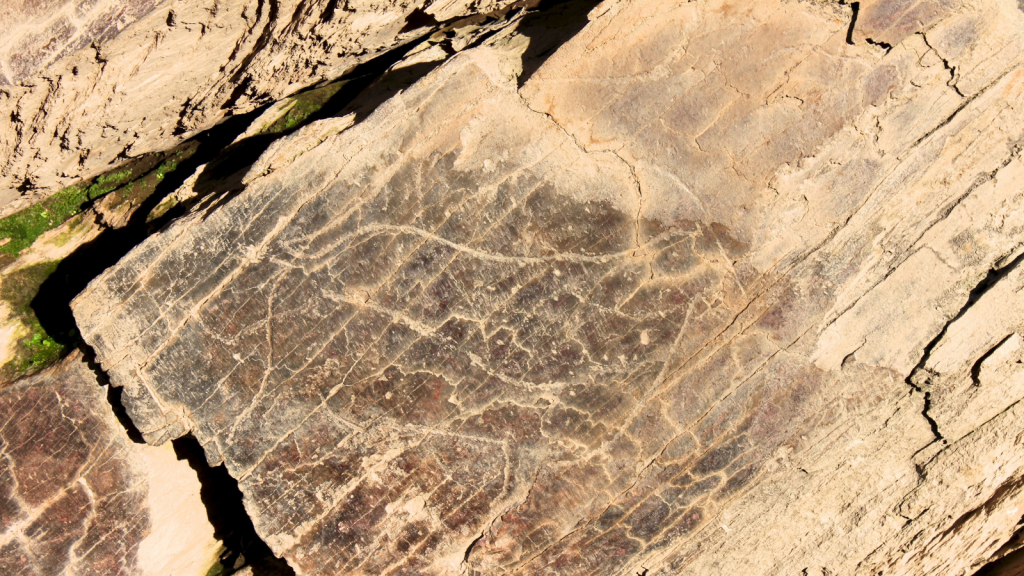
While we often think of prehistoric art as being confined to caves, many examples have been found on open-air rock shelters and even on standalone boulders. The Côa Valley in Portugal boasts thousands of rock engravings along the banks of the Côa River, creating an enormous open-air Paleolithic art gallery. These sites remind us that our ancestors’ artistic expressions weren’t limited to dark, enclosed spaces. The variety of locations suggests that art was an integral part of daily life, not just reserved for special or hidden places.
Handprints As Signatures
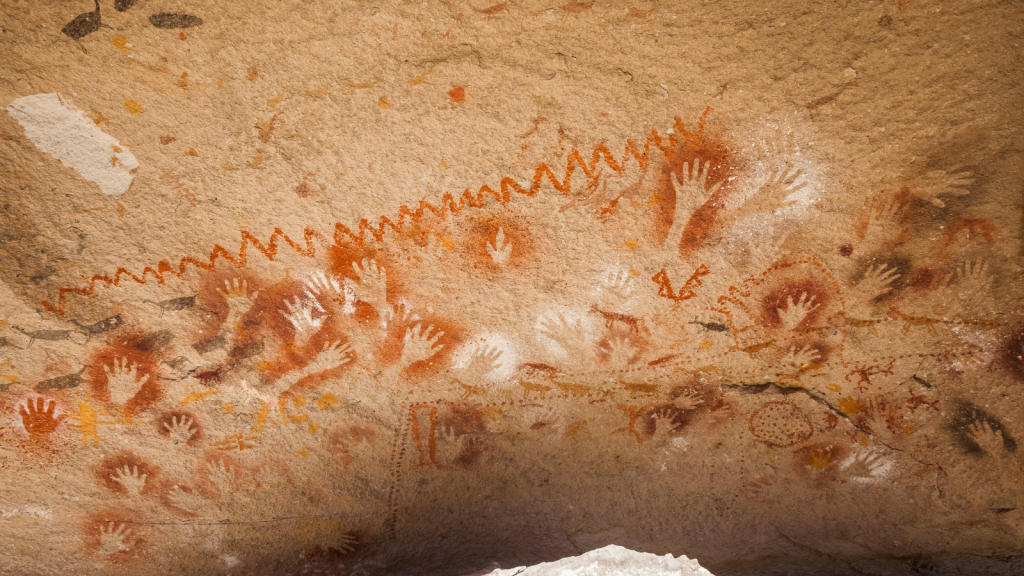
Many cave art sites feature handprints, often created by blowing pigment around a hand placed on the cave wall. Interestingly, a study of these handprints in French and Spanish caves revealed that about 75% of them were made by women. This suggests that women played a significant role in creating these ancient artworks, challenging previous assumptions about gender roles in prehistoric societies. Some researchers propose that these handprints might have served as a form of signature or personal mark, allowing individuals to leave their imprint on the cave walls.
Acoustic Properties Of Cave Art Locations
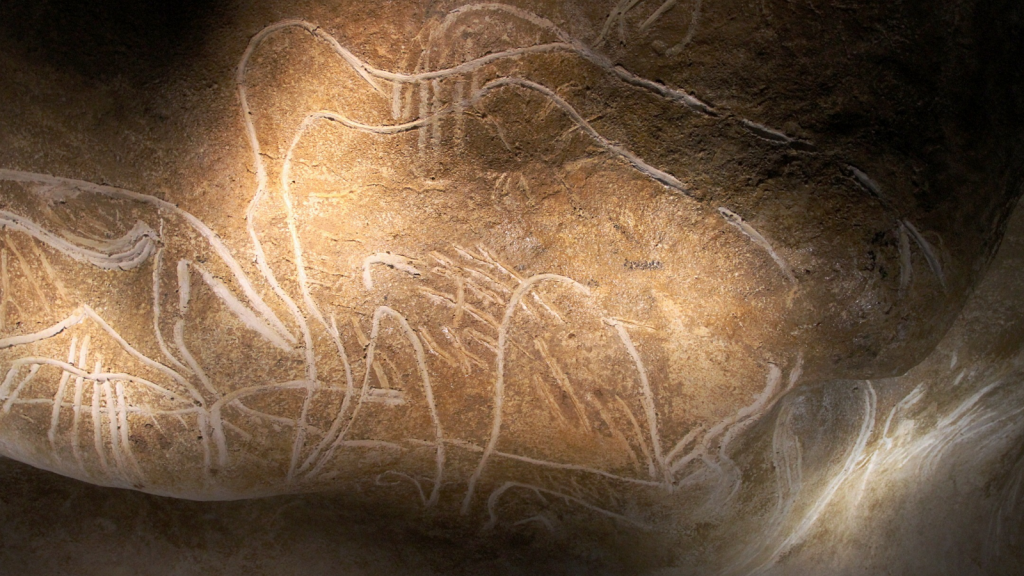
Researchers have discovered a fascinating link between the location of cave paintings and the acoustic properties of the cave spaces. Many of the most elaborately decorated chambers in caves have been found to have the best acoustics. This has led to theories that these spaces might have been used for ritual ceremonies or music-making, adding a sonic dimension to our understanding of prehistoric art. Some caves even contain what appear to be ancient musical instruments, such as bone flutes, further supporting the connection between art and sound in these spaces.
Mysterious Symbols
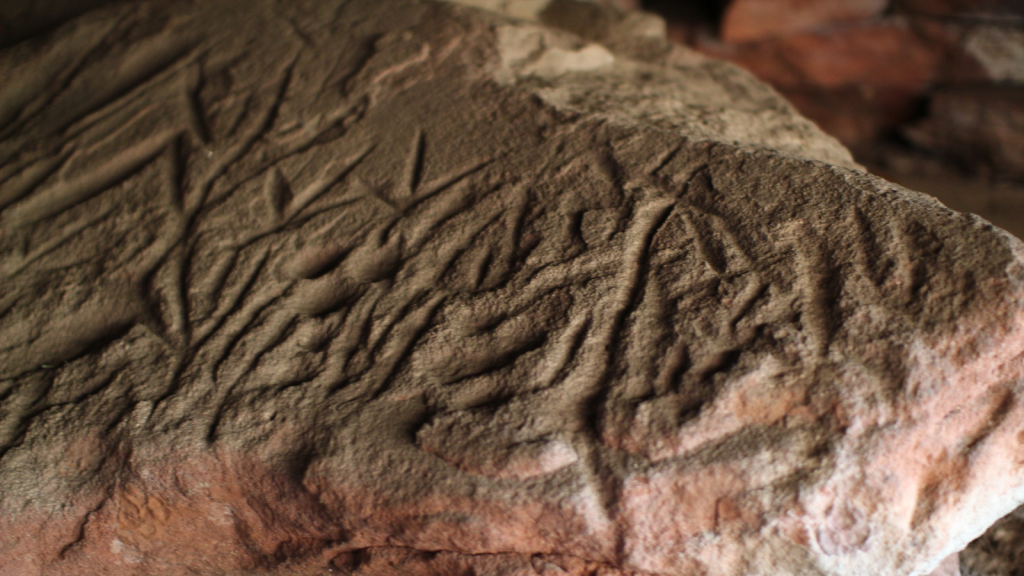
Alongside recognizable animal figures, many cave art sites feature abstract symbols that have long puzzled researchers. In 2023, a groundbreaking study suggested that some of these symbols might represent a rudimentary form of writing, dating back to at least 14,000 years ago. If confirmed, this would push back the origins of writing by several thousand years and revolutionize our understanding of prehistoric communication. These symbols appear consistently across different sites and time periods, hinting at a shared symbolic language among prehistoric peoples.
Animated Art
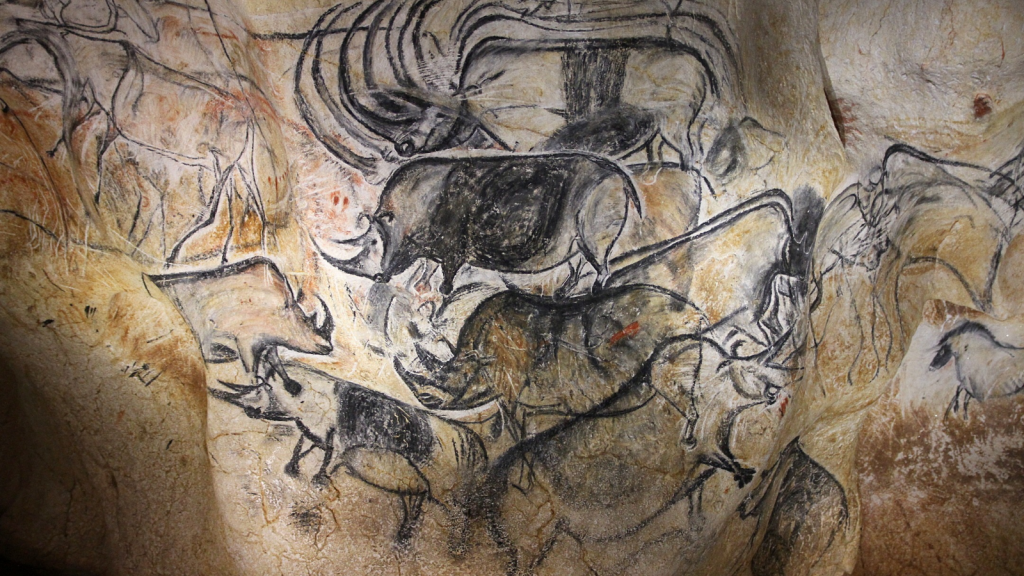
Some cave paintings show surprising sophistication in their attempt to depict motion. In the caves of Chauvet in France, artists used the natural contours of the rock to give a three-dimensional effect to their animal figures. In other cases, multiple legs were drawn to suggest movement, creating a primitive form of animation when viewed by flickering firelight. This technique, known as “twisted perspective,” allowed artists to show different views of an animal simultaneously, demonstrating a complex understanding of visual representation.
Pigments That Last Millennia
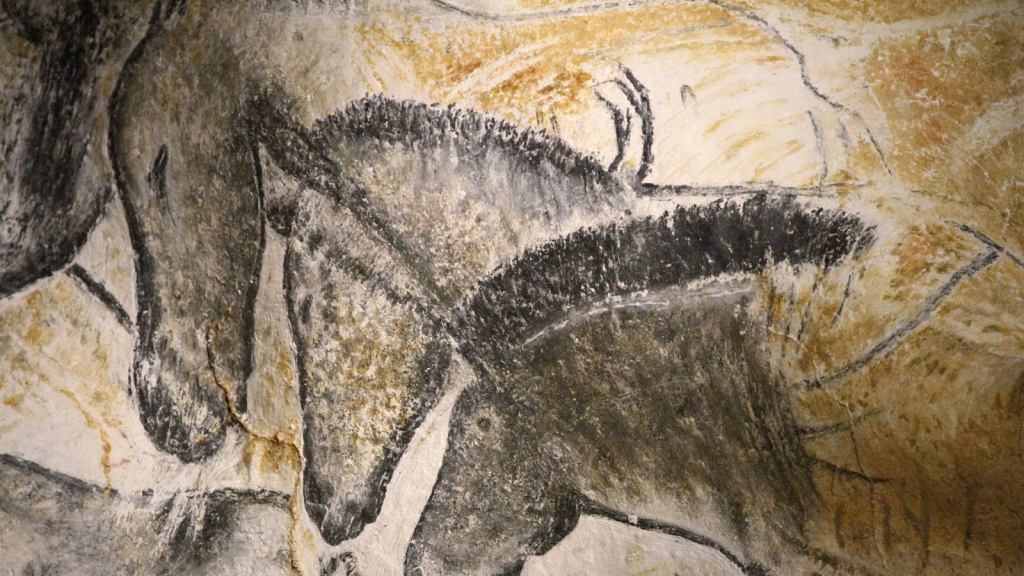
The longevity of cave paintings is due in part to the remarkable durability of the pigments used by prehistoric artists. They created their colors using natural minerals like ochre, charcoal, and manganese oxides, mixed with animal fat or vegetable oils. These pigments have proven incredibly stable over time, allowing the art to survive for tens of thousands of years. Analysis of these pigments has revealed that some prehistoric artists traveled long distances or engaged in trade to obtain specific colors, suggesting the high value placed on artistic materials.
Hidden Layers
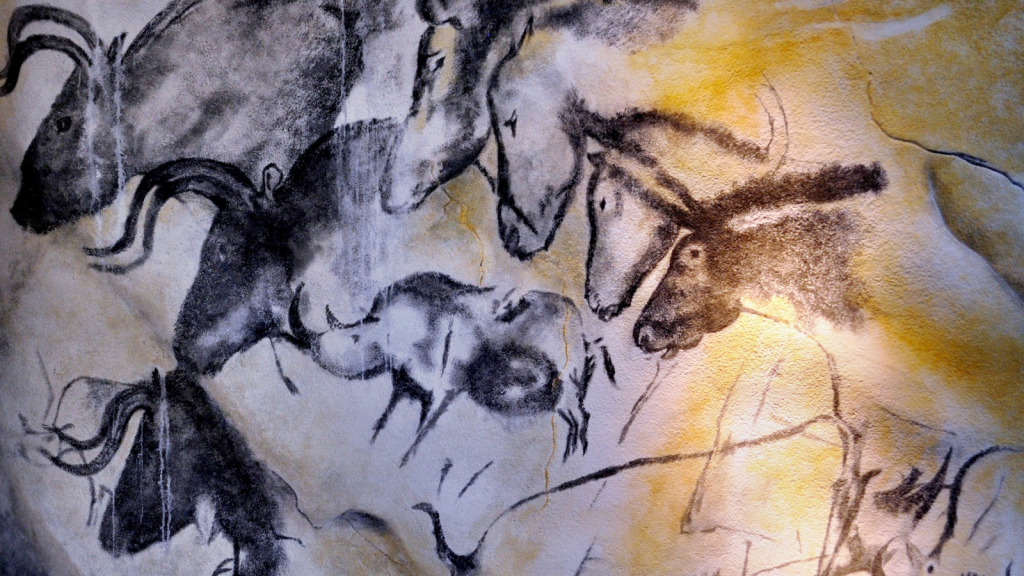
Modern technology is revealing hidden aspects of cave art that have been invisible for millennia. Using techniques like infrared photography and 3D modeling, researchers have discovered underlying sketches, changes in composition, and even entire hidden layers of art beneath the visible paintings. These findings provide new insights into the artistic process of our ancient ancestors. In some cases, these hidden layers reveal images created thousands of years apart, showing how the same cave walls were used by different generations of artists.
Not Just Animals
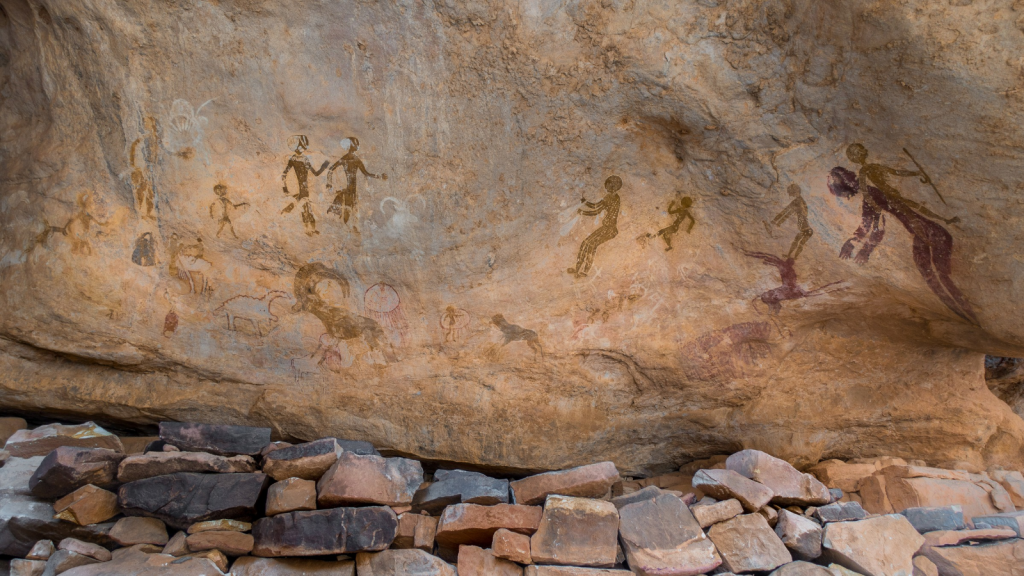
While animals dominate many cave art sites, human figures also appear, albeit less frequently. The ‘Sorcerer’ of Trois-Frères cave in France is a famous example, depicting a mysterious figure with human and animal features. These anthropomorphic images offer intriguing clues about the spiritual or mythological beliefs of prehistoric peoples. Some sites also feature hand stencils and geometric patterns, suggesting a diverse range of artistic expression beyond animal representation.
Cave Art And Astronomy
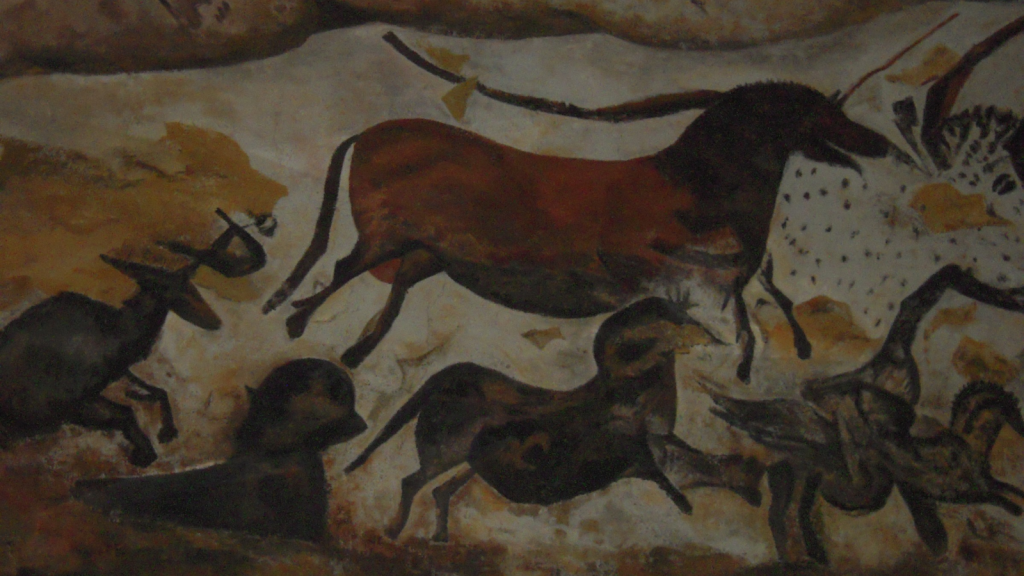
Some researchers have proposed connections between cave art and ancient astronomy. In the Lascaux cave, certain arrangements of dots and animal figures might represent constellations or lunar cycles. While these theories remain controversial, they suggest that our ancestors may have been depicting their understanding of the night sky in their art. The Cueva de El Castillo in Spain contains a series of dots that some interpret as a representation of the Pleiades star cluster, potentially dating back 40,000 years.
Children’s Contributions
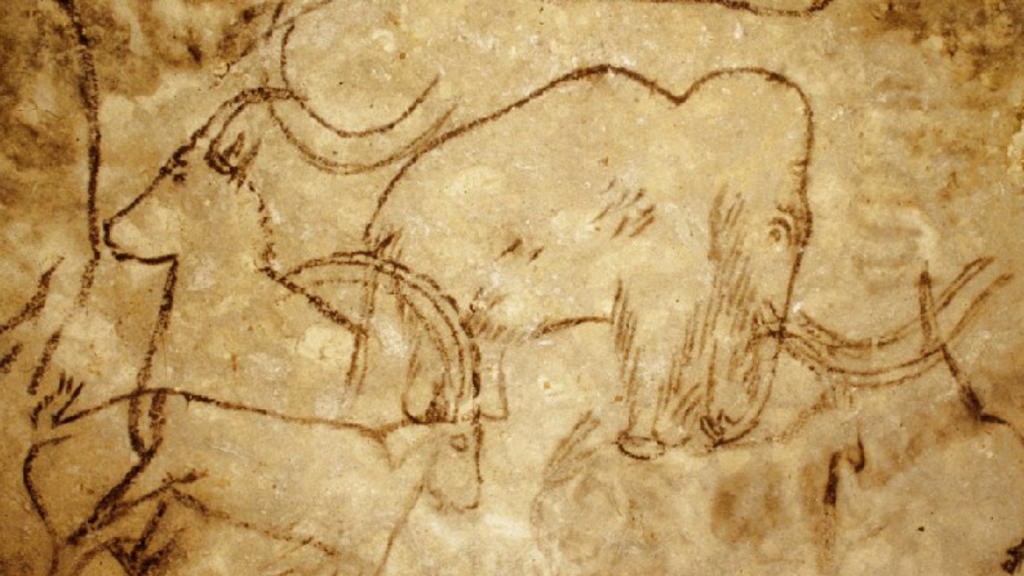
Evidence suggests that children were involved in creating some cave art. Footprints of children have been found in several decorated caves, and some handprints and finger flutings (lines traced by fingers in soft cave deposits) appear to have been made by young individuals. This indicates that cave art might have been a community activity, involving members of all ages. In France’s Rouffignac Cave, nicknamed the “Cave of a Hundred Mammoths,” many of the engravings were likely made by children aged between 3 and 7 years old.
Neanderthal Artists
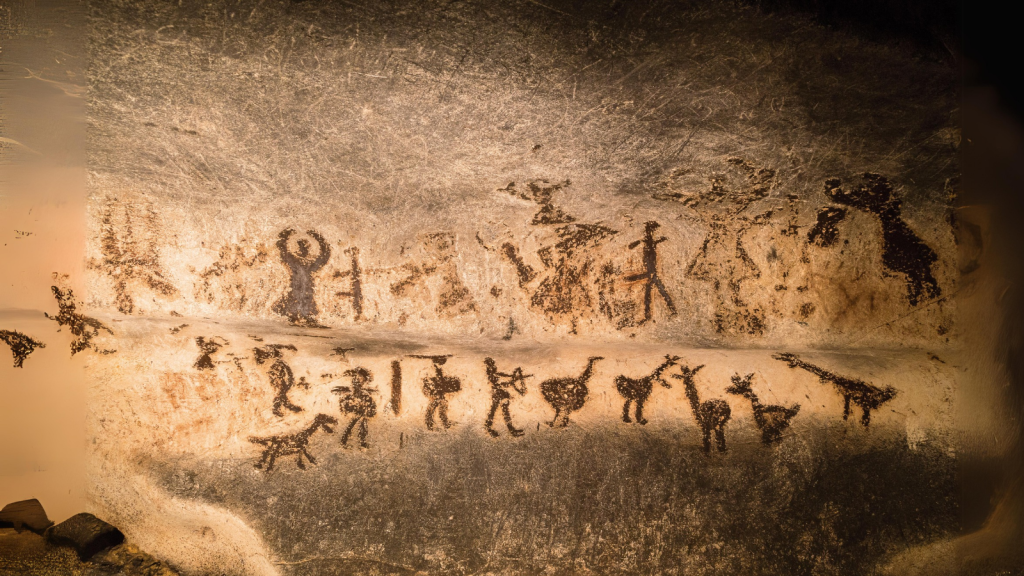
While most cave art is attributed to Homo sapiens, evidence is mounting that Neanderthals also created art. Cave paintings in Spain dating to more than 64,000 years ago predate the arrival of modern humans in Europe, suggesting they were made by Neanderthals. This challenges long-held notions about the cognitive abilities of our ancient cousins. Neanderthals also created jewelry and used pigments, further indicating their capacity for symbolic thought and artistic expression.
Painted Sculptures
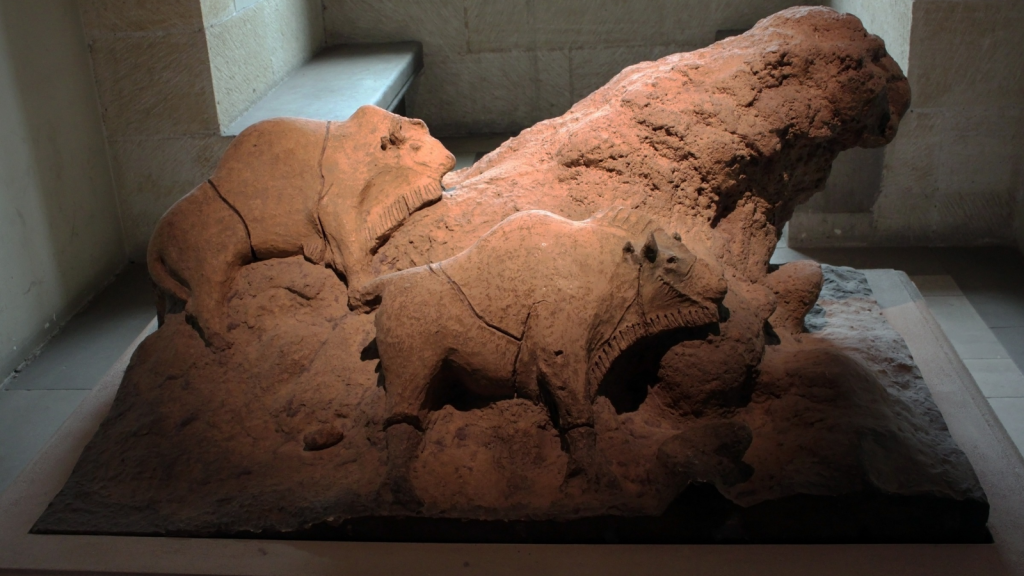
In addition to two-dimensional art, some caves contain examples of prehistoric sculpture. The Tuc d’Audoubert cave in France features two clay bison sculptures, each about 18 inches long, molded against a rock. These rare three-dimensional works provide another perspective on the artistic capabilities of our ancestors. In Germany’s Vogelherd Cave, researchers have found some of the oldest known examples of portable art: small figurines carved from mammoth ivory, dating back about 40,000 years.
Global Phenomenon
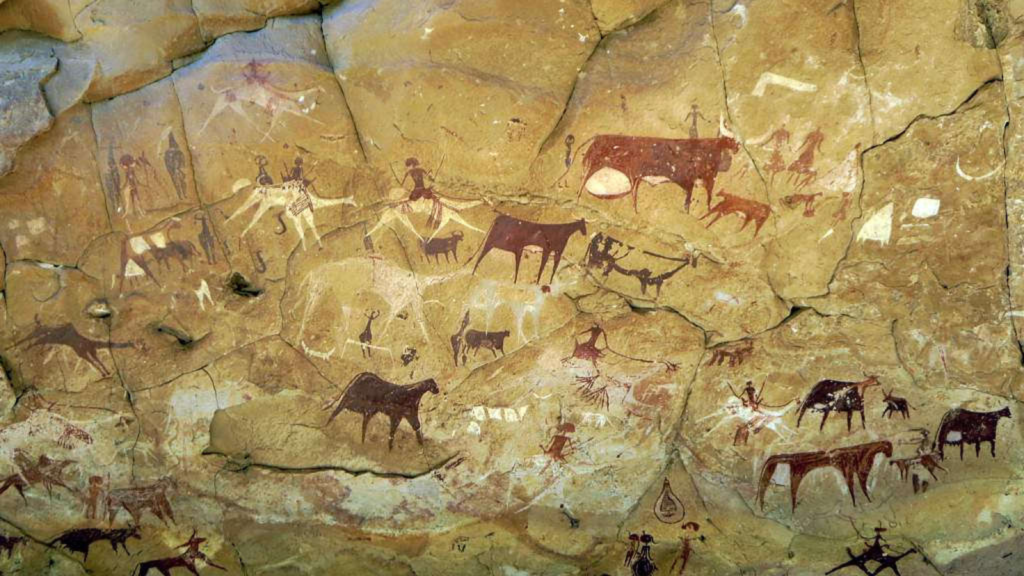
While European cave art is perhaps the most famous, prehistoric rock art has been found on every inhabited continent. From the petroglyphs of the Sahara to the hand stencils of Indonesia and the rock paintings of Australia, this global distribution demonstrates that artistic expression was a fundamental aspect of human cultures worldwide. In the Americas, the Caverna da Pedra Pintada in Brazil contains cave paintings dating back at least 11,200 years, showcasing the rich artistic traditions of early inhabitants of the Amazon.
Ongoing Discoveries
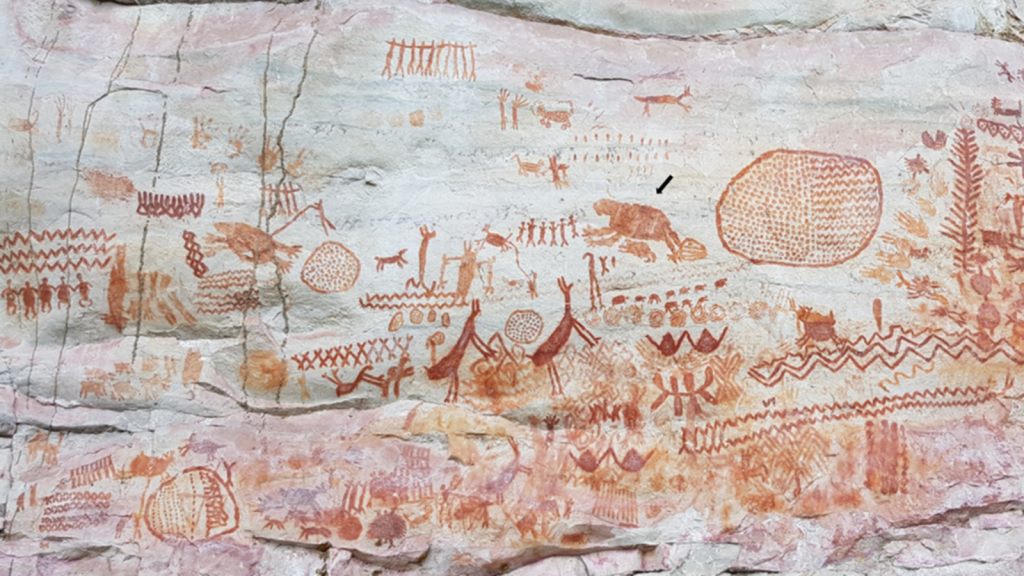
New cave art sites continue to be discovered, sometimes in unexpected places. In 2021, researchers announced the finding of a massive collection of ice age rock art in the Colombian Amazon, dubbed the “Sistine Chapel of the ancients.” With an estimated 8 miles of paintings, this site reminds us that there’s still much to learn about our artistic heritage. The use of drones and satellite imagery is helping archaeologists identify potential new sites in remote or difficult-to-access areas, promising more exciting discoveries in the future.
17 Old Wives’ Tales That Are Actually True

Old wives’ tales have been passed down through generations, often dismissed as mere superstition. However, many of these age-old beliefs are rooted in truth. From health tips to weather predictions, these stories from the past can surprise us with their accuracy. Here are 17 old wives’ tales that are actually true.
Read More: 17 Old Wives’ Tales That Are Actually True
Katy Willis is a writer, master herbalist, master gardener, and certified canine nutritionist who has been writing since 2002. She’s finds joy in learning new and interesting things, and finds history, science, and nature endlessly fascinating.

